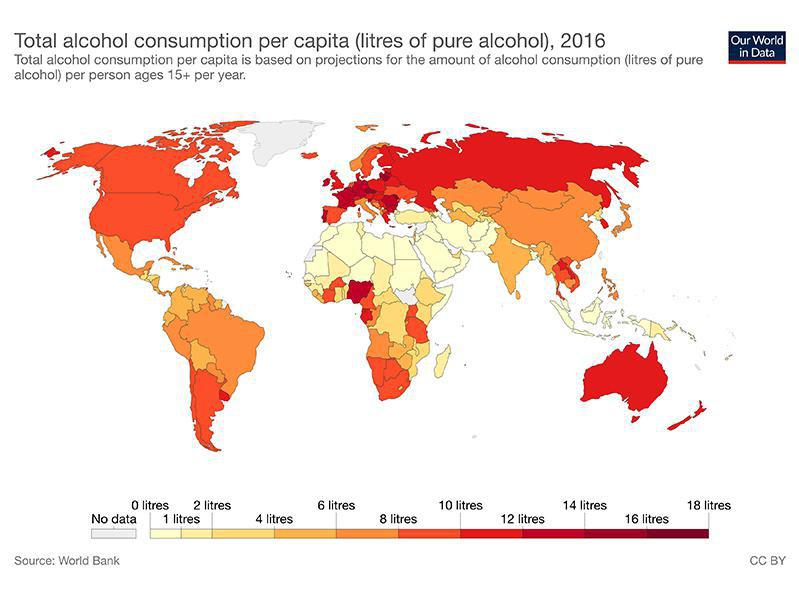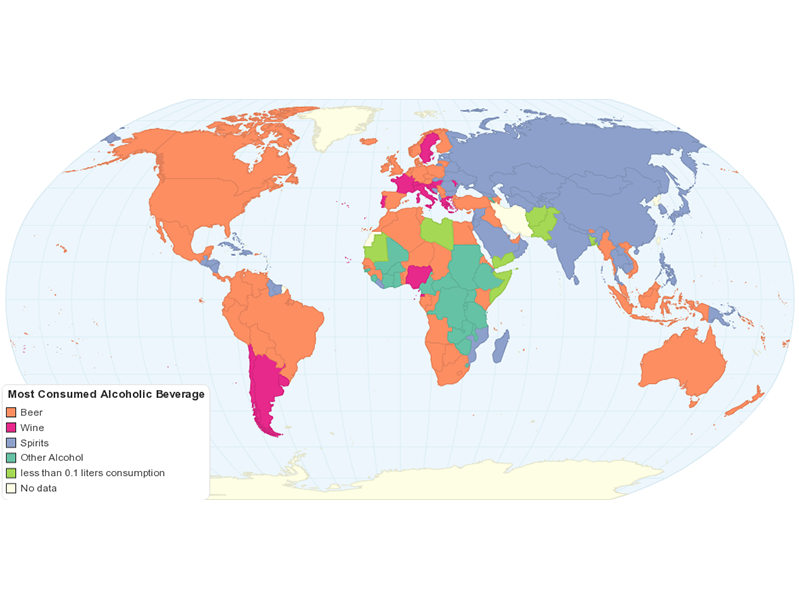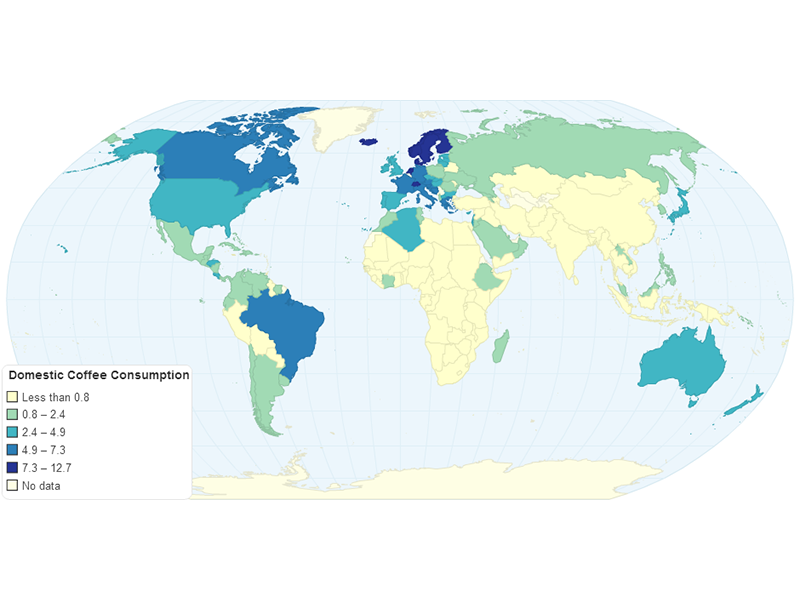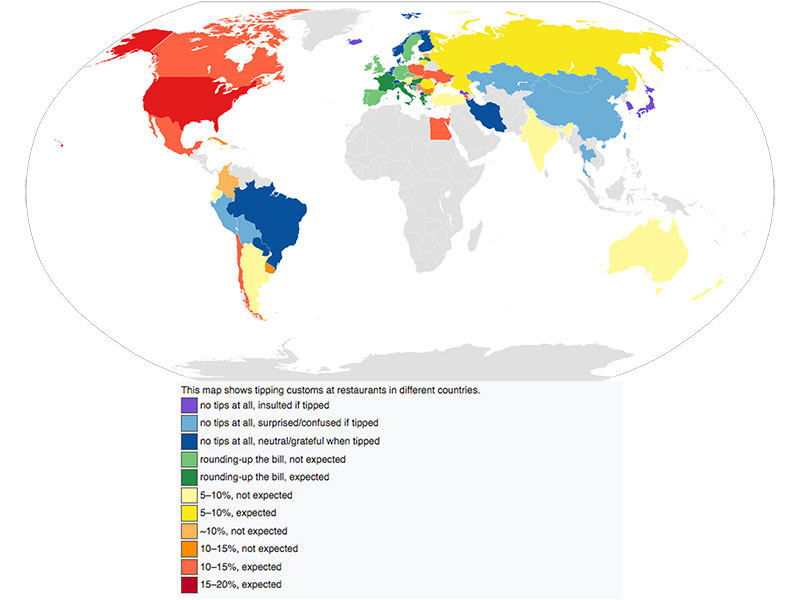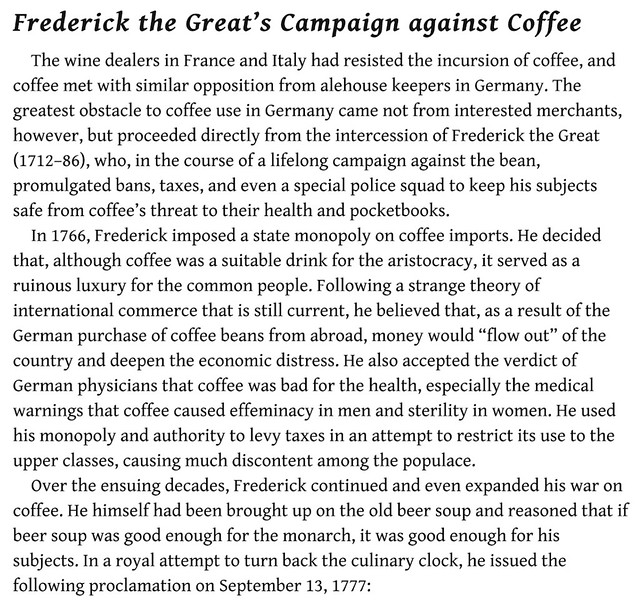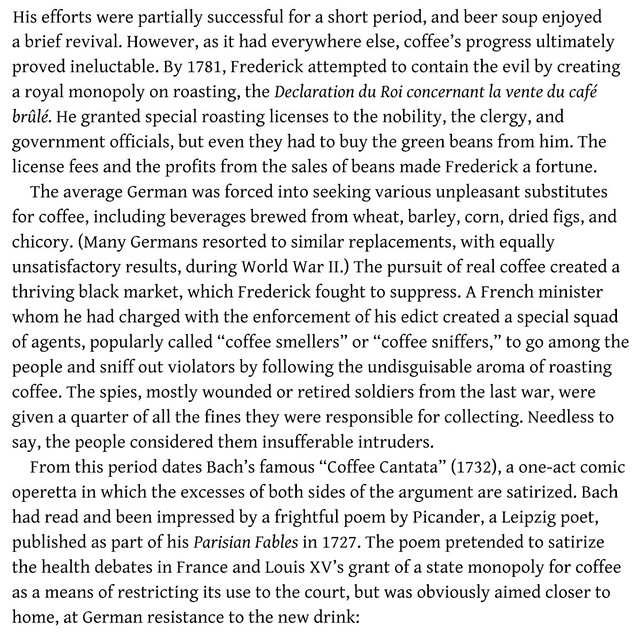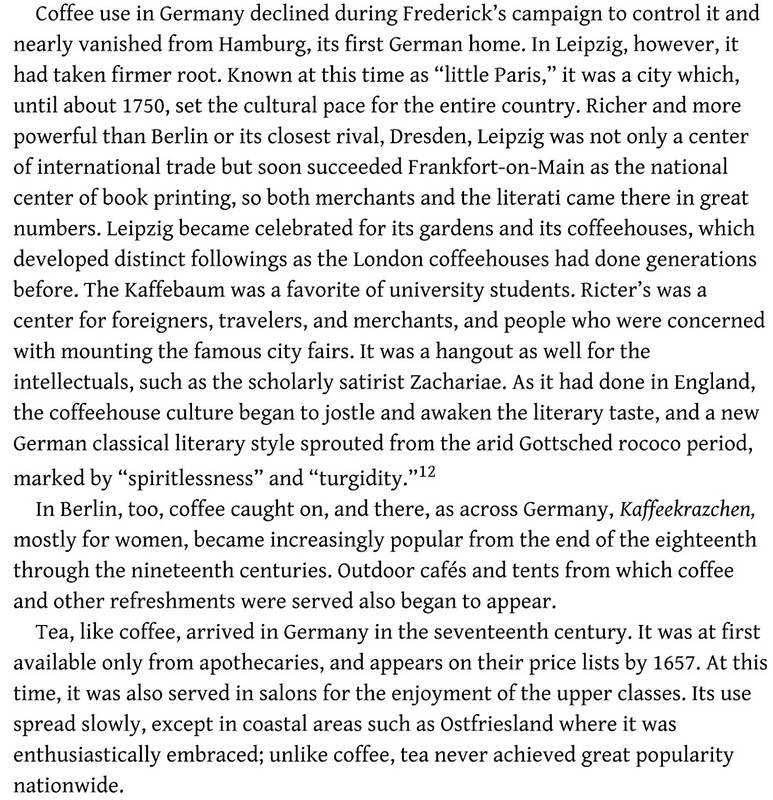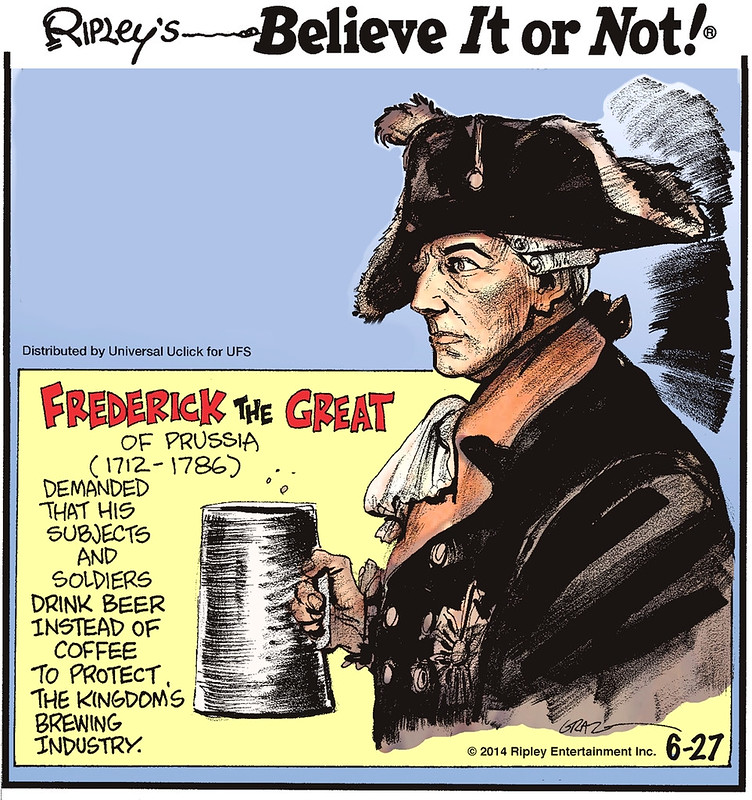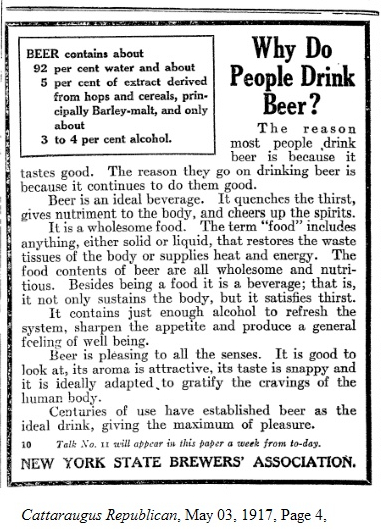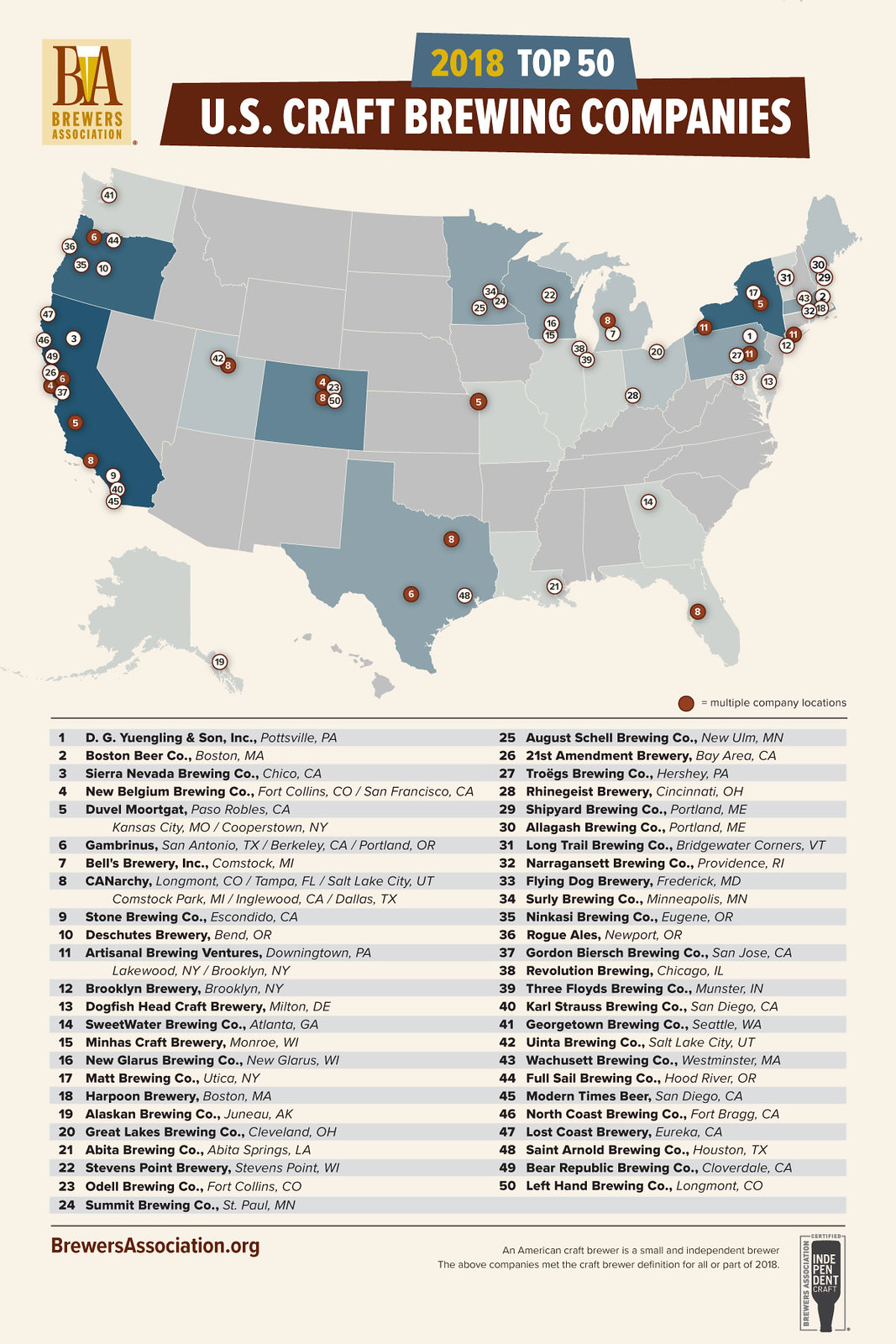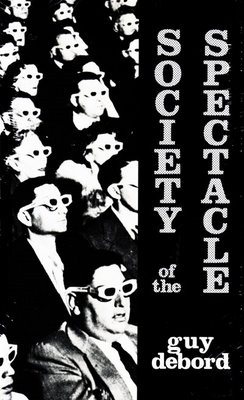
Today is the anniversary of a pretty unsavory incident that was at least tangentially related to prohibition and brewing. On January 17, 1934, the Barker–Karpis gang kidnapped Edward Brewer off of the streets of St. Paul, Minnesota. At the time, he was the wealthy president of Commercial State Bank. But perhaps more importantly, he was also the son of Adolf Bremer, who owned the Schmidt Brewery, having married the daughter of Jacob Schmidt.

That’s thought to be important because the gang appeared to be targeting brewery owners because of their perceived disrespecting of criminal elements after prohibition was repealed. Many breweries that survived did so by working with bootleggers on the down low, which of course in many cases were part of criminal organizations. But when prohibition was repealed, they distanced themselves from those gangs once alcohol was no longer illegal. The previous year, for example, the Barker-Karpis gang successfully kidnapped William Hamm of Hamm’s Brewery, releasing him June 19, 1933, having been paid $100,000 in ransom.
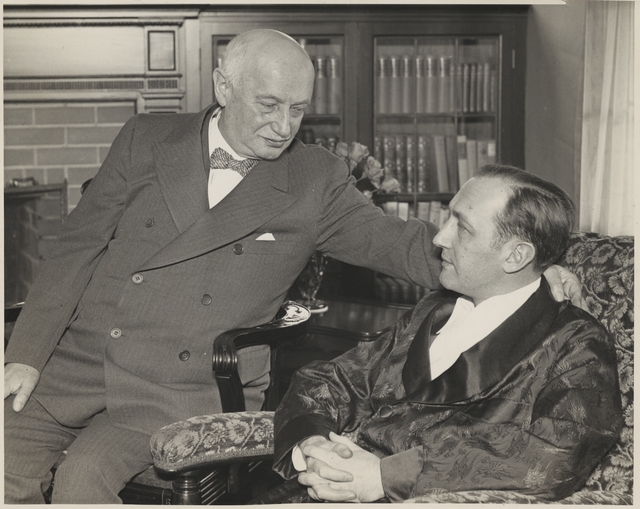
Because of that history, “it is thought that Bremer was not chosen simply because of his wealth, but also because of a personal vendetta.” They planned the kidnapping for four months. The kidnappers asked for $200,000 this time, double what they’d asked for from the Hamm Brewery family, probably emboldened by their success with that kidnapping.

Naturally, it was front page news, appearing in both the St. Paul Dispatch and the Minneapolis Star.
According to Wikipedia’s account, here’s how it went down:
[Edward Bremer] was on his way to work, having just dropped his daughter off at school when he was approached by two men, one of whom was Arthur “Doc” Barker. Barker repeatedly punched and pistol-whipped him, forcing him into the back of Bremer’s car and placing blindfolding goggles over his eyes. After having some difficulty starting the vehicle, the kidnappers forced the bleeding Bremer to show them the starter button, then drove off, later switching to another car. The blood-stained vehicle was later recovered, leading to fears that Bremer had been killed.

Bremer was held captive in Bensenville, Illinois. He was kept in a small room and was told that his family would be killed if he said anything to the police. He was also told to provide the names of people who could act as intermediaries. Messages demanding $200,000 were left with the Bremers’ trusted business associate and former chauffeur Walter Magee. Through Tom Brown, the gang learned that Magee had informed the police, despite the gang’s demand that he should keep quiet. They threatened to kill him and Bremer. Adolph Bremer, the victim’s father, refused to pay up unless the kidnappers provided proof of life. Edward was forced to write another note pleading to be returned to his wife and children. When Adolph also tried to reduce the ransom money, Fred Barker became enraged and suggested they should kill Edward. His brother Arthur and Karpis overruled him. In the end the ransom was paid by dropping off a bag full of cash, which was collected by George Zieger. Edward was driven to a deserted road by Ziegler and released on February 7, left on the empty road with a small amount of cash. He had to make his own way back home.

After Bremer was returned, public outcry led to the FBI intensifying their efforts at bringing the criminals to justice. While not a household name to us today, “these kidnappings brought too much negative publicity, due to the recent Urschel and Lindbergh Kidnappings, and the fact that the father of the Bremer Jr. was a personal friend of President Roosevelt, who mentioned the kidnappings in a fireside chat. On November 27, 1934, Lester “Baby Face Nelson” Gillis, at that time the Public Enemy No. 1, was mortally wounded in a gun battle with the FBI and died later that night. The next day, Alvin Karpis was declared Public Enemy No. 1, which brought the full force of the FBI down on the Barker-Karpis Gang.”
The other well-known aspect of the criminals was the mother of some of the Barker brothers was apparently controlling the gang’s actions and was known as “Ma” Barker.
This account is from KSTP, the ABC affiliate in Minneapolis.
On Jan. 17, 1934, the Minnesota Historical Society says Edward was driving to work when he stopped at the corner of Lexington Parkway and Goodrich Avenue. The gang ended up blocking Edward’s path with one vehicle, and another vehicle pulled up behind him. The kidnappers then opened Edward’s door and pushed him to the ground when he was struggling. They forced Edward to sign ransom notes, and within two hours, Edward’s family friend, Walter W. Magee, received ransom instructions.
The instructions indicated a request of $200,000 in $5 and $10 bills. Magee was to print, “We are ready Alice,” in the Minneapolis Tribune’s personal ads. More ransom notes were delivered to people close to Edward, but people suspected him to be dead due to the amount of blood left in his car. Therefore, his father, Adolph, demanded a note in his son’s handwriting before he would pay. The next day a bank cashier received the requested note, according to Minnesota Historical Society.
The Minneapolis Tribune reported on Feb. 6, 1934, Magee had received the final instructions from the kidnappers to trade the ransom money for Edward. Magee was to transfer the ransom into a car with a Shell Oil sticker in St. Paul and then to trail a bus to Rochester. Afterward, Magee was to turn down a gravel road and drive until he saw five headlight flashes. Once he saw the flashes, he placed the money beside the road and drove off.
After 21 days of captivity, Edward Bremer was released.
The gang members scattered across the country to escape the FBI after authorities were able to lift fingerprints from a gas can that the Barker-Karpis gang used to refuel their car between Chicago and Minneapolis. The FBI had also recorded the serial numbers on the ransom bills.
Almost a year later, on Jan. 16, 1935, Barker and his mother were killed in a shootout with FBI officers, and Karpis remained on the run until the FBI arrested him on May 1, 1936.
Karpis was sentenced to life and served 26 years in Alcatraz.
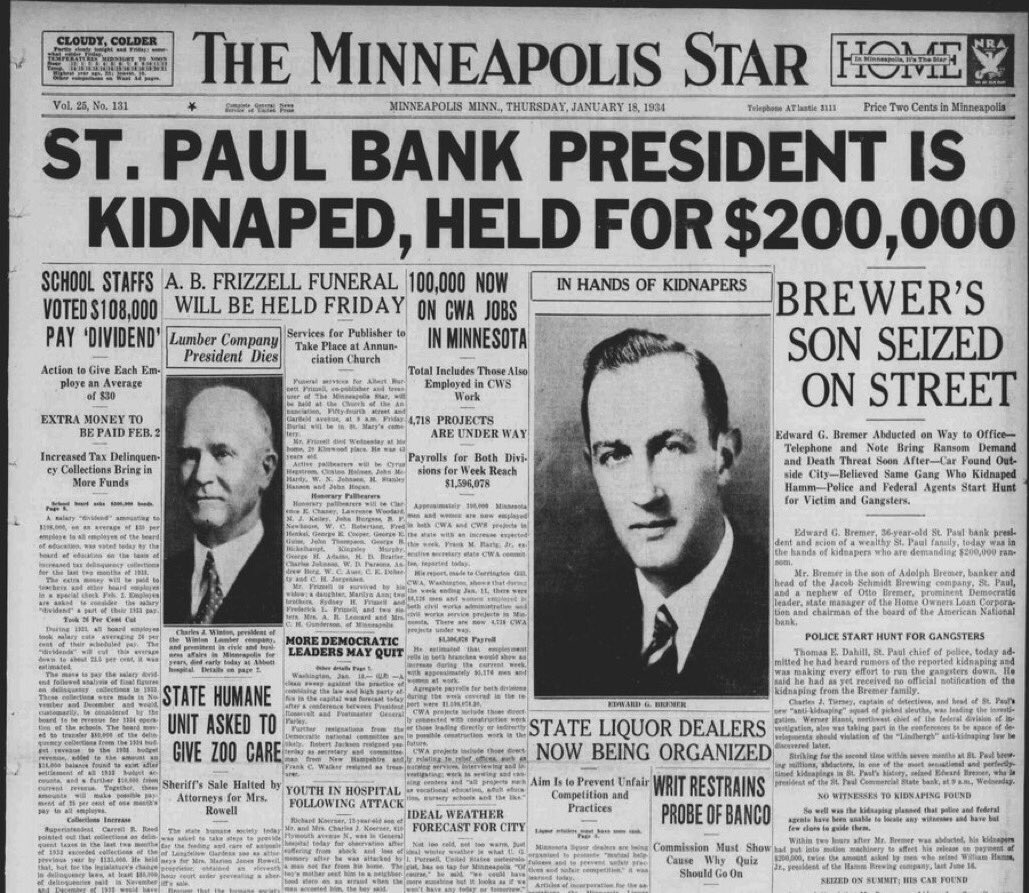
And this one is from the BBC:
After Bremer dropped his daughter off at the Summit School in St. Paul, he was ambushed and thrown in a car. He was held for 10 days, until his family paid a $200,000 ransom.
Part of this ransom money was used to bribe police who were on the take, according to Paul Maccabee, author of “John Dillinger Slept Here: A Crooks’ Tour of Crime and Corruption in St. Paul, 1920-1936.”
“Prohibition meant bribes in order to ship liquor — to cops, judges, U.S. senators,” Maccabee told MPR News’ Cathy Wurzer. “When Prohibition was repealed and liquor was legal, they switched from bootlegging to kidnapping. The same corrupt cops that had looked the other way during the bootlegging era were also involved with kidnappings and other more nefarious deeds.”
Bremer helped federal investigators find his captors. He memorized every detail about his surroundings.
“When the FBI investigated the case, he was able to identify the specific wallpaper in the home where he was kept,” Maccabee said. “That enabled the FBI to break the case and arrest the Barker-Karpis gang.”
The gang was led by two brothers, Doc and Freddy Barker, who Maccabee describes as “psychopaths,” and Alvin “Creepy” Karpis, who was one of the most infamous gangsters of the period.

And this, also from Wikipedia, covers the arrests, deaths and the aftermath of the kidnapping.
The FBI had recorded the serial numbers of all the cash used to pay the ransom. They launched an intensive investigation, declaring Alvin Karpis, presumed leader of the gang, to be “Public Enemy No. 1”. Bremer, completely traumatized and worried about the safety of his wife and children, refused to cooperate with the FBI. When they threatened to reveal what they believed about his links to organized crime, he admitted what he knew about the kidnappers, and his suspicions about their connection to Sawyer.
The gang knew that they needed to launder the money, but the intensity of the FBI pressure meant that most of their criminal contacts refused to participate. Ziegler was gunned down in a drive-by killing by unknown assailants in March. Sawyer claimed that he had arranged for the money to be laundered in Cuba. The gang withdrew to Cuba, but Karpis became concerned that the money had not been laundered and that the FBI would soon find them there. They moved to Lake Weir, Florida. Doc left for Chicago, hoping to organize a new criminal project. He was soon recognized and arrested on January 8, 1935 along with minor gang member Byron Bolton. Doc wouldn’t talk, but Bolton told the FBI everything he knew in exchange for a light sentence. Eight days later, Doc’s brother Fred Barker and mother Kate “Ma” Barker were killed in a shootout with the FBI at Lake Weir. Volney Davis was also captured, and Sawyer was tracked down and captured in Mississippi.
Alvin Karpis, who was co-leader of the gang along with Fred Barker, was arrested by the FBI in May, 1936. Karpis pleaded guilty to kidnapping and Doc Barker was convicted after a trial. Both men were sent to Alcatraz. Karpis became the Rock’s longest serving inmate, eventually being paroled in 1969 after decades in prison. Barker was shot while trying to escape from Alcatraz in 1939. Sawyer received a life sentence in 1936. He was released from prison in 1955 due to ill health and died shortly after.
The kidnapping had a significant effect on campaigns against police corruption. During the investigation it became clear to FBI agents that information was being leaked to the kidnappers. Tom Brown was strongly suspected to be the source of the leaks and forced out of the team investigating the case. Brown was implicated as a conspirator in the kidnapping after an investigation by the FBI and a hearing before the city Civil Service Board. Brown was fired from the police force, but the federal government declined further prosecution. The death and arrests of all the important Barker-Karpis gang-members greatly enhanced the reputation of the FBI.




